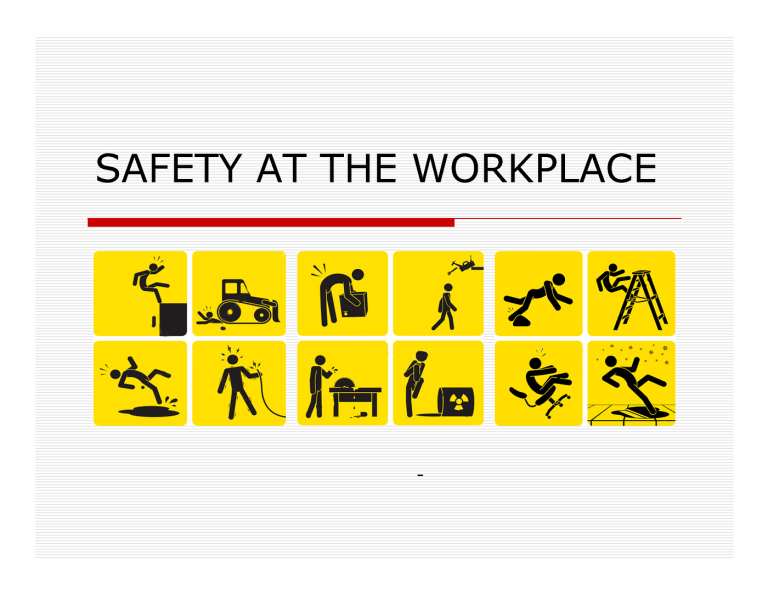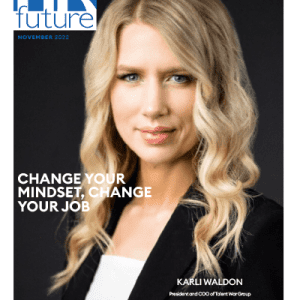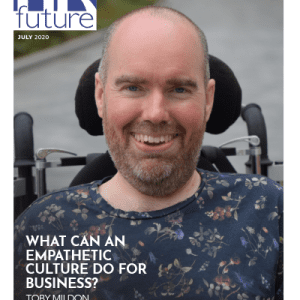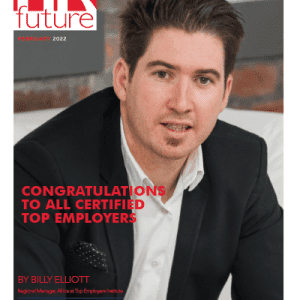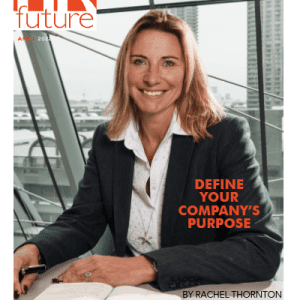Workforce planning usually focuses on getting the right people in the right roles to meet business targets. It’s about productivity, skills, and keeping up with demand.
But safety often gets treated as something separate—something for another team to handle later. That approach doesn’t work anymore.
Today, labour shortages, rising injury rates, and shifting work models mean safety can’t sit on the sidelines. It needs to be part of the planning from day one.
If your workforce strategy doesn’t include safety, you’re not just missing a checkbox—you’re risking your people, your reputation, and your operations.
Why Safety Belongs in Workforce Planning
HR teams and safety teams often work in different lanes. That’s where problems begin.
When hiring decisions are made without safety in mind, you get mismatches—people brought in without the right training, or worse, into roles that increase risk.
This gap doesn’t just affect compliance. It impacts morale, slows down onboarding, and incurs additional costs in rehiring and retraining.
Take one warehouse we worked with. They brought in 30 new hires to meet demand, but skipped safety training forecasting. Within two weeks, incident reports tripled.
They had to pause operations, re-train staff, and restart hiring. It cost them six weeks and a lot of trust with their team.
Safety doesn’t just protect—it helps keep hiring efficient and retention steady. And when it’s ignored, the fallout shows up fast.
What Strategic Workforce Planning Looks Like
When safety is part of the workforce plan, decisions feel more aligned across departments. It’s easier to plan ahead and avoid last-minute fixes that often cost time and money.
1. Talent Pipeline Planning
Instead of hiring just for skill, you start looking for people with the right mindset—those who take safety seriously. These are employees who follow the rules, stay aware on the job, and help create a safer environment for everyone.
2. Role Design
Clear job descriptions include the risks involved, any physical demands, and what certifications or safety training are needed. This helps set expectations upfront and avoids confusion once someone is hired.
3. Training Budgets
When safety is included in workforce planning, the cost of training isn’t overlooked. You plan for it during onboarding and build in refresher sessions, so safety stays a regular part of your team’s routine—not just a one-time task.
4. Workforce Segmentation
Some roles come with more risks than others. By organizing your workforce based on exposure levels, you can focus safety resources where they’re needed most—like extra equipment, check-ins, or quicker access to emergency help.
The HR + Safety Collaboration Framework
When HR and safety teams work together, it makes workforce planning smarter and more sustainable. A simple three-step approach can help align both sides without slowing things down.
1. Assess
Start by taking a close look at how well your current workforce plans line up with your safety programs. Are new hires getting the right training? Are safety roles clearly defined in job descriptions?
2. Align
Next, work directly with your safety team to redesign hiring and training practices. That means choosing candidates who take safety seriously and making online safety training part of the hiring roadmap.
3. Act
Now build that into your policies. HR dashboards can include safety KPIs—like how fast new hires finish safety training or how many incidents happen per team. This shows how safety supports retention and performance.
Tip: Use safety metrics as part of HR dashboards. It keeps both teams accountable and helps spot problems early.
Tools That Support Safety-Centered Workforce Planning
If you want to make safety part of your workforce strategy, the right tools can make it easier and more consistent.
Start with an HRIS system that tracks both people data and safety incidents. This helps spot trends tied to turnover or risk.
Use an LMS that includes safety courses in onboarding and refresher training. Make it part of the employee growth path, not just a compliance step.
Predictive analytics can flag roles or shifts where injuries are more likely. This helps teams get ahead of risks instead of reacting too late.
Scheduling platforms that track fatigue or overtime help prevent burnout and accidents tied to long hours.
You can also use digital signage or self-service kiosks to share safety reminders, updates, or even training prompts at high-traffic spots in your workplace.
Benefits of Treating Safety as a Strategic Priority
Making safety a core part of your workforce strategy leads to real business outcomes HR teams already care about:
- Less turnover in high-risk or physically demanding jobs
- Fewer lost-time incidents that slow down productivity
- Higher employee satisfaction because people feel protected
- Better audit performance and easier compliance checks
- Stronger brand reputation in competitive hiring markets
These aren’t just nice-to-haves. They directly impact costs, culture, and talent retention.
Final Thoughts
If safety still sits in a separate box from HR planning, you’re leaving value on the table.
Smart HR leaders are already using safety to support hiring, training, and retention. They’re building workplaces where fewer people get hurt, and more people stick around.
The teams that make safety a regular part of strategy—not just a reaction to incidents—will be the ones that grow stronger, faster, and more confidently.
Guest writer









